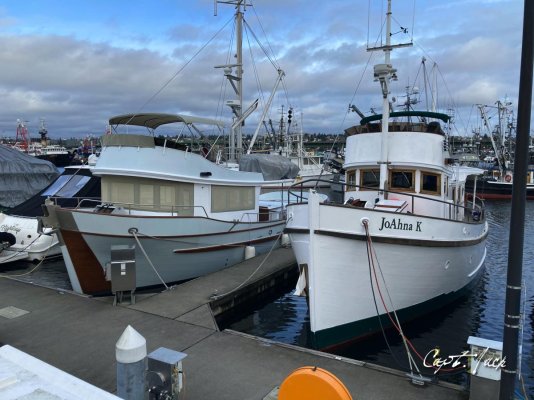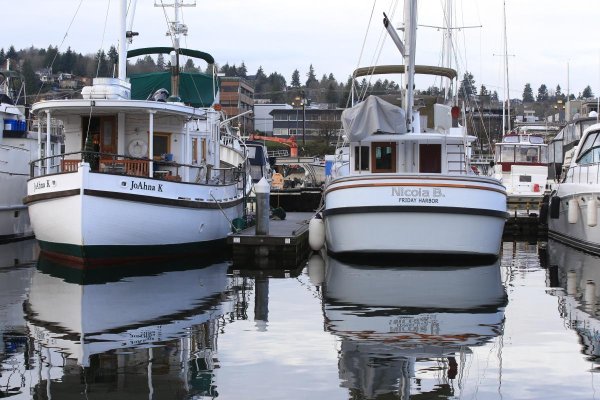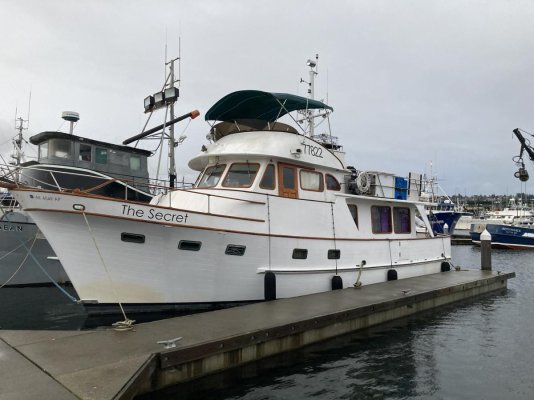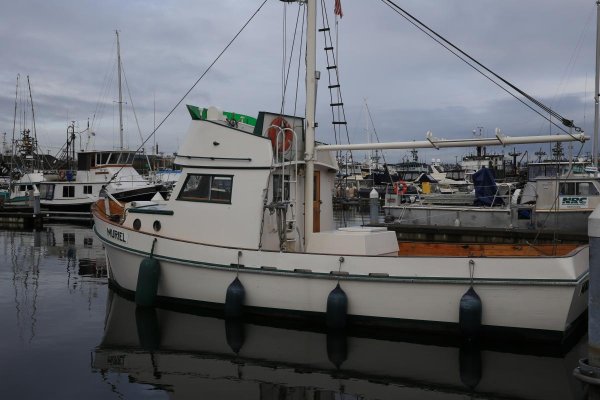trawlercap
Senior Member
- Joined
- Aug 24, 2020
- Messages
- 294
- Location
- USA
- Vessel Name
- JoAhna K
- Vessel Make
- 58' Bill Garden Trawler 1952
We just loaded 3,000 gallons (3,500 mile range) onboard. I did it for several reasons. The boat is designed to carry this, and I wanted to see how she settled on her lines. And if the ride/speed would be affected by the extra weight.
Twin 1,500 gallon tanks are in the middle of the boat, as well as the engine room. This centers weight, the load made no difference in for and aft trim, just a tad lower and sitting even.
I did some digging back to the original plans (1950 Bill Garden) They show 3,750 lbs. per inch of immersion. This is a packing mule!
I would encourage anyone to know your weight/per inch of immersion. It's critical fora lot of reasons, and a very good tool to have in your box.
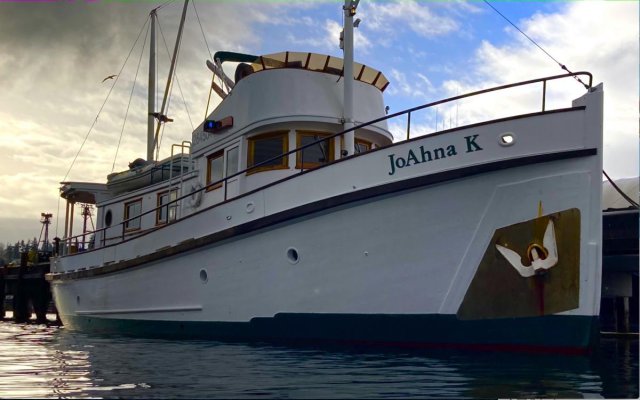
After fueling up
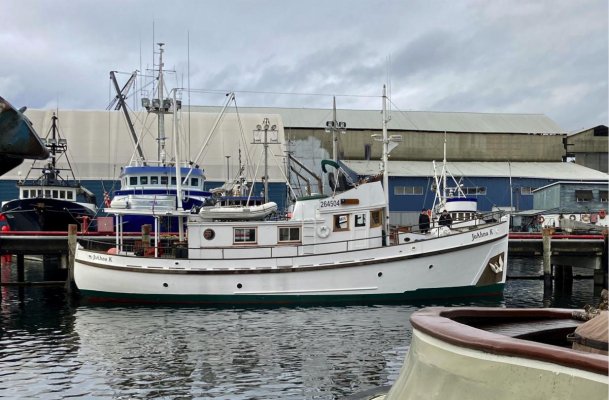
From this dock literally thousands of voyages have launched into the N.Pacific/Bering Sea
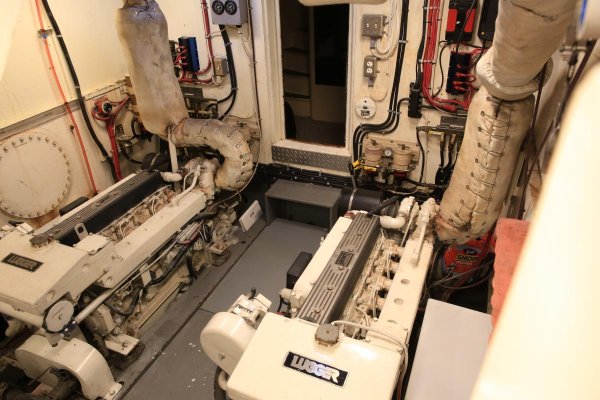
Fuel tanks from the walls of the engine room.
Twin 1,500 gallon tanks are in the middle of the boat, as well as the engine room. This centers weight, the load made no difference in for and aft trim, just a tad lower and sitting even.
I did some digging back to the original plans (1950 Bill Garden) They show 3,750 lbs. per inch of immersion. This is a packing mule!
I would encourage anyone to know your weight/per inch of immersion. It's critical fora lot of reasons, and a very good tool to have in your box.

After fueling up

From this dock literally thousands of voyages have launched into the N.Pacific/Bering Sea

Fuel tanks from the walls of the engine room.
Last edited:

